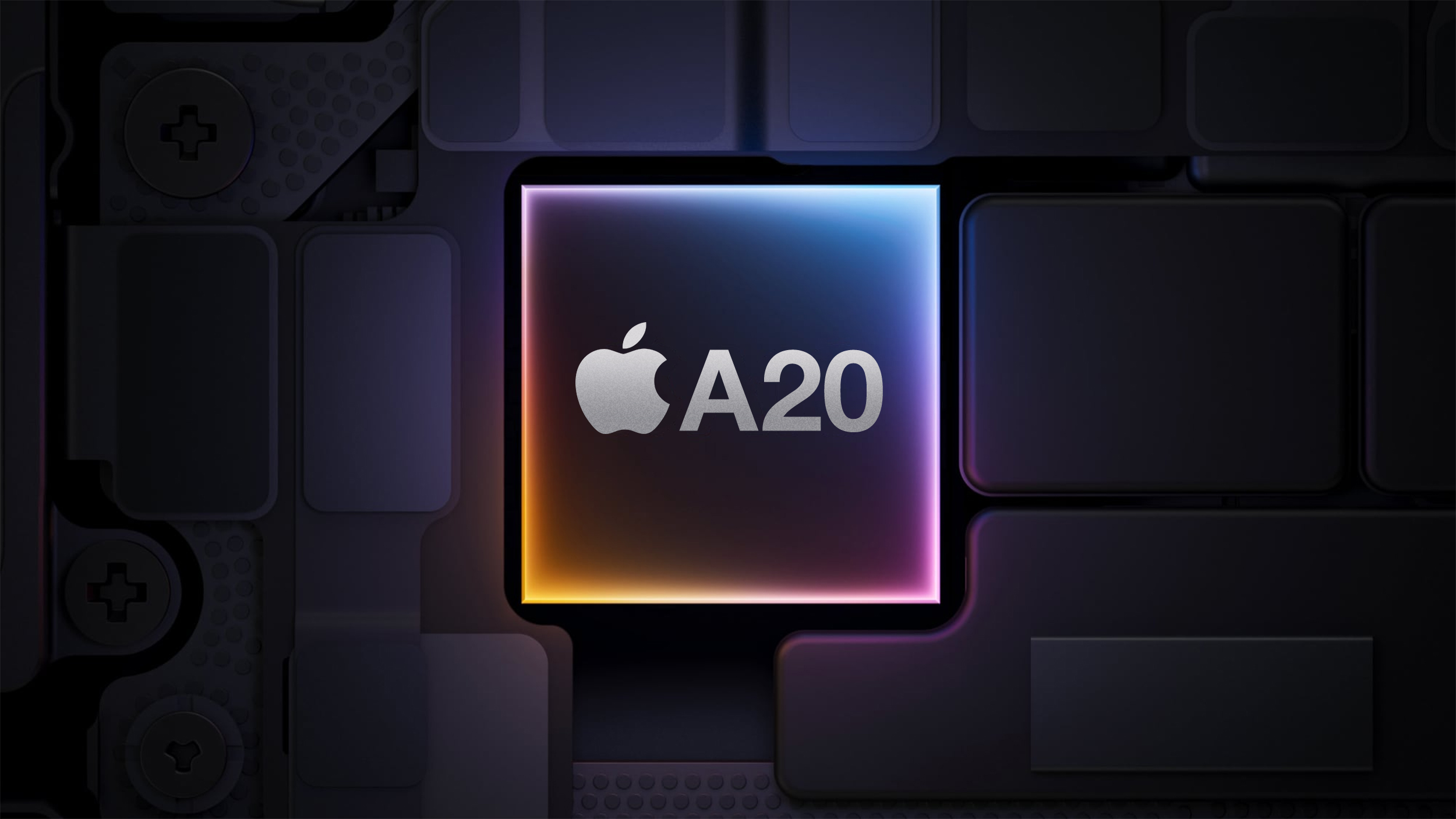
Apple supply chain analyst Ming-Chi Kuo today reiterated that the A20 chip in iPhone 18 models will be manufactured with TSMC's 2nm process.

Kuo said TSMC's trial production of 2nm chips has now reached yields well above the 60-70% range. The yield refers to the percentage of functional chips that can be obtained per silicon wafer, which is essentially a large, circular disc of chips.
Kuo first said that the A20 chip would be 2nm around six months ago, and another analyst Jeff Pu said likewise earlier this week.
An earlier rumor saying the A20 chip would remain 3nm was retracted.
This is ultimately good news, as the A20 chip being 2nm instead of 3nm means it will have more substantial performance and power efficiency improvements over the A19 chip for iPhone 17 models. Kuo, Pu, and others have all said that the A19 chip will be manufactured with TSMC's third-generation 3nm process, called N3P.
The move from a 3nm to 2nm process allows for more transistors in each chip, which helps to boost performance. Specifically, reports indicate that A20 chips should be up to 15% faster and up to 30% more power efficient than A19 chips.
An overview of current and expected chips:
- A17 Pro chip: 3nm (TSMC's first-generation 3nm process N3B)
- A18 and A18 Pro chips: 3nm (TSMC's second-generation 3nm process N3E)
- A19 and A19 Pro chips: 3nm (TSMC's third-generation 3nm process N3P)
- A20 and A20 Pro chips: 2nm (TSMC's first-generation 2nm process N2)
iPhone 18 models are still a year and a half away from launching.
Article Link: Kuo: iPhone 18 Models Will Feature 2nm Chips
Last edited:

